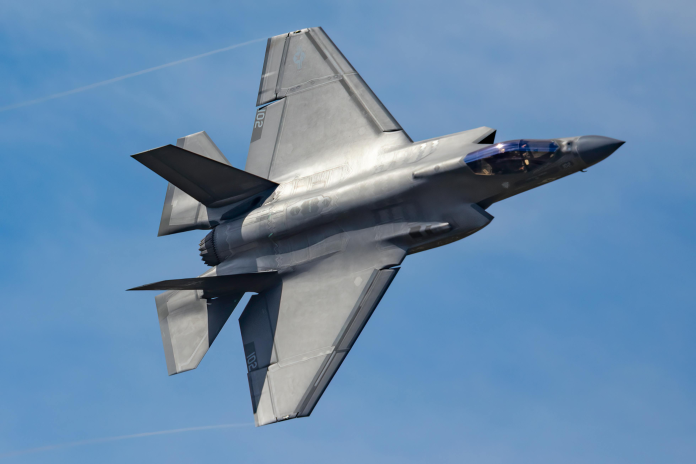
The political maelstrom surrounding the F-35 Lightning II in Europe is no longer a low roar it is a full-bore headwind against one of the most technologically advanced fighter programs ever. At the middle is a clash between engineering supremacy and geopolitical storm, where sensor fusion and stealth coatings are pitted against tariffs, sovereignty issues, and industrial policy.

1. Switzerland’s Tariff Shock and the Referendum Threat
Switzerland’s 2022 plan to buy 36 F-35A planes selected over the Dassault Rafale for their stealth, sensor fusion, and affordability in a competitive bid is now in jeopardy. President Donald Trump has imposed a 39 percent tariff on Swiss goods, the highest on any developed country, that has sparked political indignation. Green Party lawmaker Balthasar Glättli stated, “A nation that hurls stones at us in trade does not deserve a gift,” and demanded a referendum to put procurement on hold. Swiss Defense Minister Martin Pfister has conceded that the program’s cost could increase by more than 1 billion francs, with a third of the planes delivered without full armament. In a country where referendums are enshrined in the constitution, the triple whammy of increased cost, diminished ability, and political indignity might reverse the arrangement.

2. Spain’s Strategic Shift to European Plans
Madrid has since backed away from the F-35, funneling its €6.25 billion fighter budget into the Eurofighter Typhoon and the Future Combat Air System (FCAS). Both are European-led, with Spain at their core. The Typhoon’s delta-canard configuration, dual EJ200 engines outputting 90 kN each, and Mach 2 maximum speed make it a top-notch dogfighter. FCAS, being planned for entry into service in about 2040, promises to provide sixth-generation capabilities such as manned-unmanned teaming and high-end stealth. For Spain, the decision supports industrial independence and minimizes vulnerability to U.S. political instability.
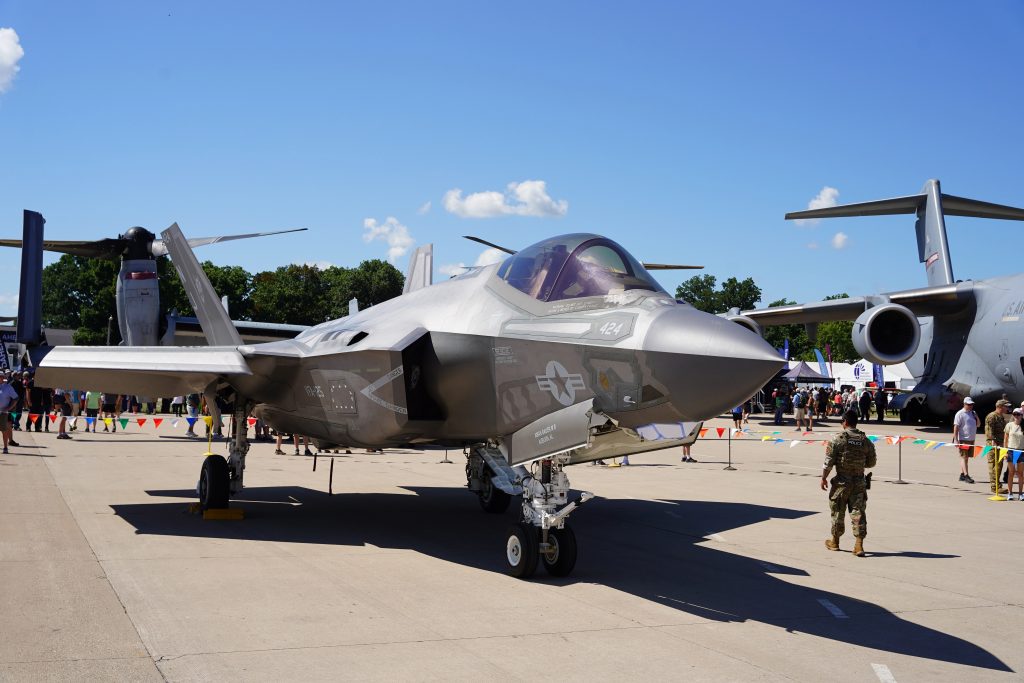
3. Denmark and the “Security Risk” Argument
Rasmus Jarlov, the chairman of Denmark’s Defense Committee, cautioned that “purchasing American weapons is a security risk we can not afford,” citing concerns over U.S. influence over operational sovereignty. Although the much-circulated “kill switch” myth has been disproven, there are legitimate dependencies. The F-35’s mission-critical software, such as the Mission Data File (MDF) that describes threat libraries and flight profiles, is updated by U.S.-based facilities like AustCanUK Reprogramming Lab at Eglin AFB. Without such updates, the aircraft’s stealth and electronic warfare capabilities would quickly degrade in hostile skies.
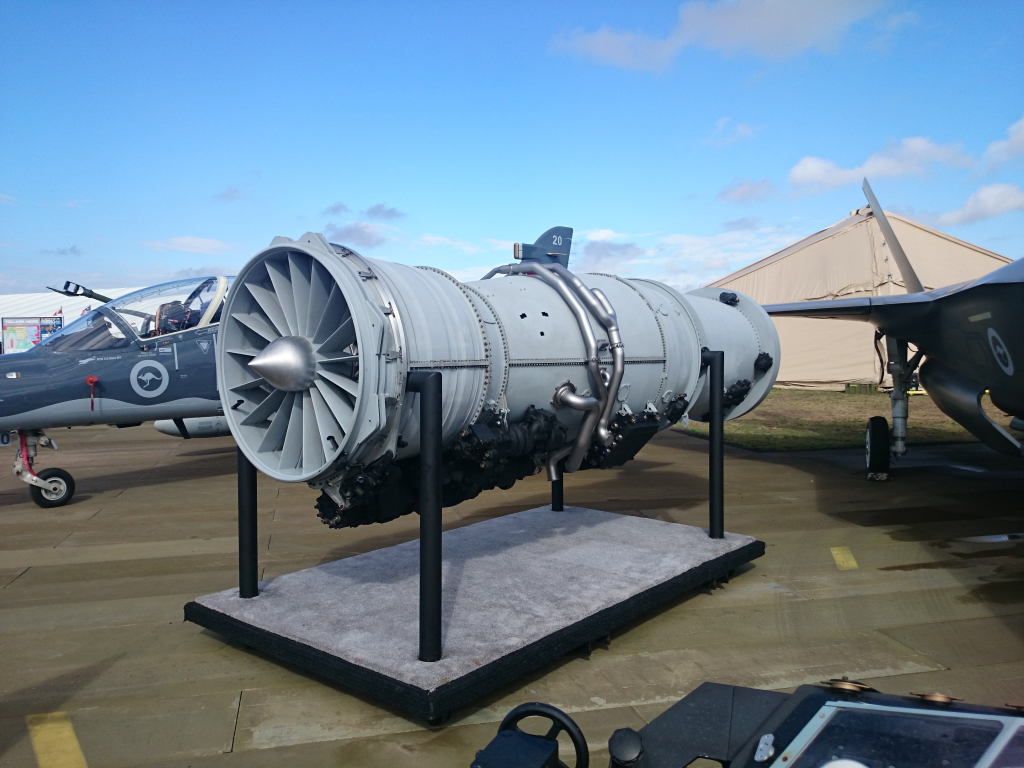
4. The F-35’s Engineering Edge
The F-35A’s stealth shaping, radar-absorbing materials, and sensor fusion provide it with an uncontestable advantage on first-day-of-war missions. Its F135 engine provides 191 kN of thrust, allowing for Mach 1.6 speeds and over-the-horizon targeting before the enemy can detect it. In contrast with the agility- and sustained turn rate-optimized Typhoon, the F-35 is a networked battlespace node, which can share real-time data between platforms. These are the reasons why Switzerland’s 2021 assessment graded it “by far” as the most cost-effective over its lifecycle before tariffs and political risk skewed the equation.
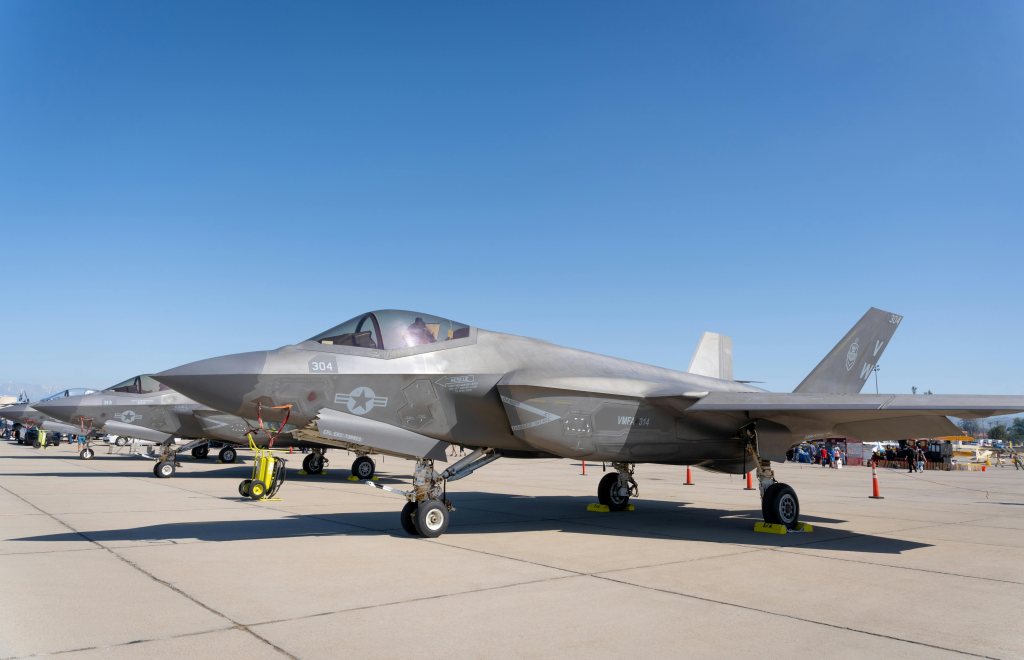
5. Spare Parts Monopoly and Supply Chain Control
Operational availability of the F-35 in Europe rests on a tightly managed U.S.-led supply chain. Spare parts are U.S. property until mounted and redistribution among countries is uncommon. Heavy overhauls are done in maintenance hubs like Italy’s Cameri Air Base, but even those come under U.S. program office control. Norway’s new national maintenance center at Rygge represents a step toward independence, but most European operators continue to seek U.S. permission for critical sustainment activities.

6. FCAS and Tempest: Ambitions of Europe’s Sixth Generation
The FCAS project, driven by France, Germany, and Spain, has passed four key milestones but is troubled by governance conflicts between Dassault and Airbus. Its objectives stealth, sophisticated sensors, and interoperability with unmanned systems are in harmony with and intend to exceed the capabilities of the F-35 by the 2040s. The UK-Italian-Japanese Global Combat Air Programme (GCAP), also known as Tempest, aims for a similar timescale, with BAE Systems drawing on its F-35 and Eurofighter expertise. Both programmes are as much about industrial independence as they are about air superiority.

7. The Strategic Cost of Dependence
The F-35’s dependence on American-managed software, logistics platforms such as ODIN, and spares pipelines represents a structural dependency. As noted by Bill Sweetman, the MDF is “the electronic battle manual for the F-35” and vital to survivability. Without American cooperation, European navies would be able to fly but lose their advantage versus contemporary integrated air defenses. This vulnerability is making countries like Spain invest in native platforms even if the F-35 represents unparalleled current capabilities.
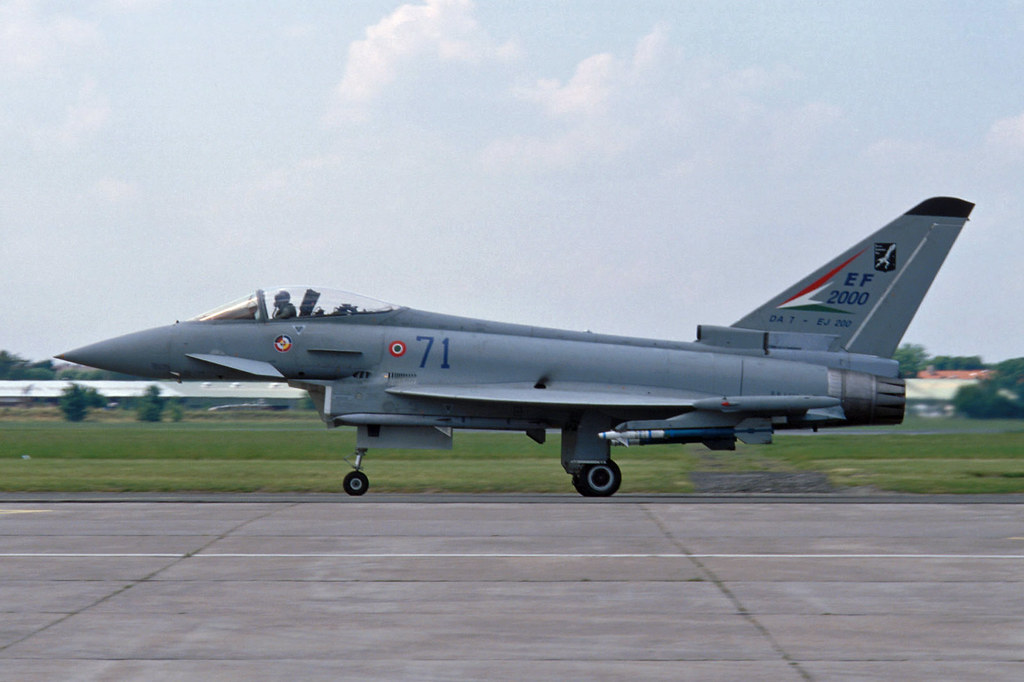
8. Industrial and Political Crosswinds
The F-35 vs. European competition is not exclusively technical. In the United Kingdom, trade unions threaten that prioritizing the F-35 over Eurofighter will lose thousands of British jobs. In Switzerland, the tariff controversy has created public opinion in favor of the European producers. Throughout the NATO alliance, the argument is part of a larger question the need to balance the short-term desire for access to fifth-generation capability with the long-term objective of defense industrial independence.

The F-35 is still a technological wonder, combining stealth, sensors, and networked warfare on one aircraft. But in the climate of Europe today, engineering excellence alone will perhaps no longer guarantee its future. Political dependability, industrial independence, and possession of key systems are now as important as thrust-to-weight ratio or radar cross-section.
